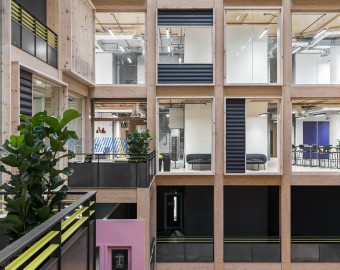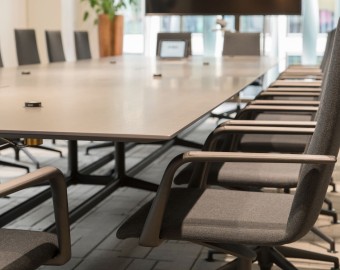Office Design; To Carpet Or Not To Carpet? That Is The Question…
There is increasing interest in the office interiors sector for using hard flooring in the workplace. Some of the requests are driven by a strong aesthetic desire to have sleek offices and others by the hardwearing nature of the products.
I have recently researched this topic for a couple of clients and have found some interesting results:
Research on hard flooring
Historically if hard flooring is specified it requires some sort of floor treatment underneath it to ensure a firm flat surface for adhering to, this is needed even with flexible hard flooring (vinyl or linoleum) to ensure a good finish. If this type of hard flooring is specified in offices is likely to restrict access under the floor where services are often located.
Research on carpets
However, following in the footsteps of carpet, hard flooring has been recently reinvented in a tiled format. It has been designed for either loose lay or fixing with a tackifier and in the process the tiles have become thicker so that they can iron out any imperfections in the base floor.
This thickening of the tile has also helped with the second challenge when specifying hard flooring, sound reverberation. Most carpets have an impact absorption rate of around 30DB; this is of fundamental importance when designing offices as most of the other surfaces are hard. Traditional vinyl flooring usually has an impact absorption rate of around 4DB. The thickening of the tiles has introduced a hybrid with an impact absorption rate of between 8 and 19DB.
The types of flooring fitting into this category are wide and varied. There are woven vinyl’s, rubber and vinyl floor tiles.




